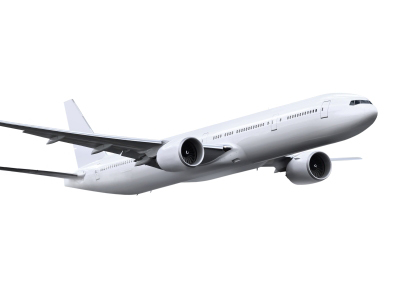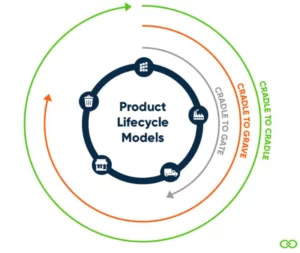Unavoidable European Aviation Emissions Trading – Comply or fly-by.
Over the past week we have seen growing opposition over the implementation of the EU Emissions Trading Scheme for the aviation industry. Airline operators are anxious that they may not be able to meet demands set out in the EU ETS directive with some arguing that compliance is a violation of international skies treaty’s while others stating that cost of compliance and penalties are much to stringent.
The trade group that represents China’s biggest airlines, China Air Transport Association, has announced that its members will refuse to cooperate with the emissions trading scheme. The Russian government have also publicly opposed the plan, and demanded that the introduction to the scheme be postponed at least 18 months – they have even hinted at a retaliatory system of charges for air craft crossing Russian airspace.
However resistance seems to be futile – in December the European Supreme Court threw out a challenge by a group of North American Airlines and trade Associations stating that the EU ETS directive did not in fact violate international law and open skies between the USA and Europe.
The aviation industry has known since 2008 that they would be included in the EU ETS directive. The legislation means that overall CO 2 emissions of the aviation industry will be capped. The cap is initially set at 97% of 2005 emissions levels, and from 2013 onwards at 95%. All operators flying to and from the EU will have to surrender one allowance for every tonne of CO 2 emitted on a flight to and from (and within) Europe. By doing so the ETS for aviation becomes the first global emissions trading scheme.
During the first year of the aviation ETS (2012) companies will get 85% of allowances for free, obliging them to pay for just 15%. The free allowances or credits are based on a benchmark relating to number of passengers and cargo using 2010 data as the base period.
According to PWC the aviation sector’s emissions are expected to grow to 130% by 2012 (compared with 2005 levels), only about 60 % of the allowances the sector needs will be issued for free in 2012. This shortfall equals costs for entire sector of about 3.5 billion Euros per year assuming a price level of 30 Euro per allowance. These costs are likely to be spread unevenly amongst affected operators, as specific emission levels vary widely between aircraft.
All non-complying aircraft operators face a penalty of €100 per missing allowance on top of obligations to procure and surrender missing allowances. Airlines that do not pay face an operating ban in European countries all together. It will be interesting to following to see how the EU penalties are applied to those who do not comply with the regulations.






